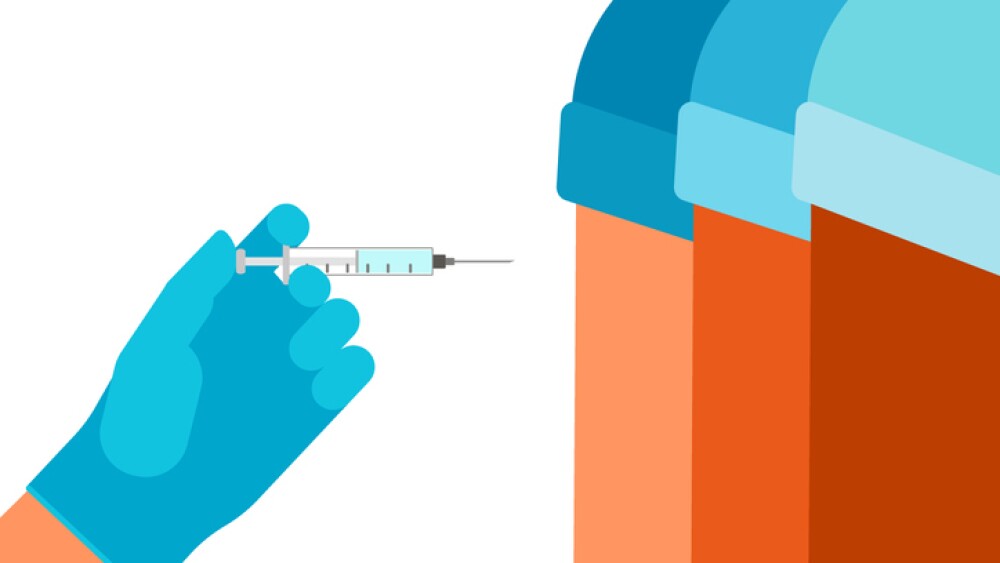July 21, 2015
By Mark Terry, BioSpace.com Breaking News Staff
CNBC Mad Money’s Jim Cramer called for Johnson & Johnson to split up into three separate companies today.
“Three different businesses under the same roof — pharmaceuticals, consumer healthcare products and medical devices,” Cramer said. “That’s a pretty diverse product line with virtually no overlaps. As we’ve seen so often in the past, I think these divisions could do much better separately than as one combined company that is confusing to manage or even to understand. To me JNJ is a textbook example of the parts being worth more than the whole.”
Cramer’s arguments are persuasive, noting that with three such diverse business units, they all have different customer bases, manufacturing needs and distribution channels. If they were split into three separate companies, then management could focus on their own specific customer base.
The comparison is to when Abbott Laboratories broke into a medical device company, making AbbVie its pharmaceutical company. Cramer notes that since the spinoff in January 2013, AbbVie shares have doubled and Abbott’s increased by 54 percent.
All of which is true, although it probably lacks some nuance where concerned AbbVie was hoping to acquire Shire, a Dublin-based company and take advantage of a tax inversion deal before the U.S. Department of Justice changed the laws regarding those deals. Both that and a rollout of a new hepatitis C drug was to help the company deal with the looming loss of its patent protection for its blockbuster drug Humira.
Abbott was struggling with soft revenue growth and profit margins, its primary business line, nutritional products, bogged down in China with price-fixing allegations and quality issues.
Now the two divisions have flip-flopped, with Abbott shares rising and AbbVie ’s dropping. At least part of that is related to AbbVie having to cough up a $1.6 billion breakup fee to Shire . Another factor is that AbbVie has gotten mired in a price war with Gilead Sciences, Inc. over AbbVie’s Viekira Pak and Gilead’s Harvoni and Sovaldi, all treatments for hepatitis C.
Which is just another way of saying that although the Abbott spinoff was overall positive, it’s not a simple equation to break up a company and expect everything to run smoothly.
Cramer cites Johnson & Johnson’s upcoming drug projections, which are indeed significant. At a May 2015 analyst meeting, JNJ announced plans to file 10 new products for regulatory approval over the next four years. The company, Janssen Pharmaceutical Companies, also plans to extend 40 existing product lines. Analysts indicate the 10 new drugs have the potential of more than $1 billion in annual sales — each.
Analysts with Bloomberg Intelligence project that JNJ’s new drug sales, those approved in the last six years, will increase by eight percent each year through 2020. Granted, that is slower than the median rate of its competitors.
Cramer also speculates that someone might force JNJ into a breakup. “At this point,” he said, “I wouldn’t be surprised if an activist comes in and pushes for this Abbot Labs-AbbVie style transformation. I don’t care how big JNJ is, this one’s ripe for the prodding.”
Willing to speculate on the value of each company, should there actually be a split, Cramer thinks a JNJ consumer business could trade at $10 per share, the medical device branch go for $63 per share, and the pharmaceutical business for as much as $78 per share. Since JNJ stock is currently trading for $100.28 per share, this combination of the three companies totals $151, which will probably get investors musing on the possibilities.
Cramer recognizes that J&J has a huge number of well-known brands and products, but overall feels that the size and complexity of the company has it underperforming. “We’re talking about a great American company not delivering!”





